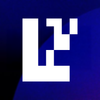AI Beyond the Black Box: Inference Labs is Making Verifiable, Decentralized AI a Reality with EigenLayer
Inference Labs is making AI verifiable on-chain with their Zero-Knowledge Verified Inference Network. By leveraging EigenLayer's security, they've created a system that makes dishonest behavior unprofitable while reducing proving times by 76%.
Overview
The internet's evolution has diverged from its original promise. What once represented limitless possibilities for freedom, knowledge, and human connection now operates differently. Today, powerful technology platforms dominate much of our online discovery, content, and conversations. These systems, often operating with opaque models, underpin significant economic activity and increasingly serve as sources of truth.
Inference Labs was formed to address this challenge, working to democratize and widely distribute Artificial Intelligence by integrating the transformative properties of Web3. However, they faced a fundamental obstacle: today's blockchains do not natively support AI in a verifiable way.
Their solution: a Zero-Knowledge Verified Inference Network (ZK-VIN). By submitting zero-knowledge proofs on-chain, operators can verifiably confirm that AI models were properly implemented, transforming black-box AI outputs into trustworthy, on-chain truth.
Inference Labs has already demonstrated Web3's power to advance machine learning through their Omron subnet on Bittensor. The incentive mechanisms built into the Bittensor ecosystem helped reduce median zero-knowledge proving times from 15 seconds to just 5 seconds. Now, with Sertn AVS (Autonomous Verifiable Service) on EigenLayer, they're scaling even further, activating an ecosystem where verified AI isn't just possible, it's inevitable.
The Challenge: Verifiable AI on Blockchain
AI verification poses a significant technical challenge for blockchain systems. Traditional approaches face a fundamental dilemma: verifying AI outputs on-chain requires prohibitively expensive computation. Continuous proof generation for every AI interaction would make practical applications financially unfeasible and catastrophically slow.
The primary existing solution, zero-knowledge machine learning (zkML), offers cryptographic certainty but at extreme computational cost. Traditional zkML proofs are resource-intensive and time-consuming, making them impractical for real-world applications at scale. The computational overhead and time delays would effectively prevent widespread adoption of verifiable AI on blockchain.
Inference Labs' Solution: Zero-Knowledge Verified Inference Network
Inference Labs emerged to solve this verification challenge with their Zero Knowledge Verified Inference Network (ZK-VIN). Their breakthrough approach enables off-chain AI execution while providing on-chain proof of correctness through a hybrid system of random cryptographic verification combined with substantial economic penalties for incorrect execution.
This model delivers the security benefits of zkML without its prohibitive costs, creating a practical path to verifiable AI at scale. By intelligently combining cryptographic verification with economic incentives, Inference Labs created a system that makes dishonest behavior mathematically unprofitable.
The Implementation Challenge: Economic Security at Scale
Implementing this solution presented its own challenge: establishing sufficient economic security. For their hybrid verification system to work effectively, Inference Labs needed a mechanism to make dishonest behavior mathematically unprofitable through financial penalties. Building this security layer from scratch would require massive capital investment and infrastructure development, potentially delaying their solution by years.
The core challenge for any new AVS is bootstrapping security. Without enough stake to secure the network, the system remains vulnerable to attacks. Traditionally, ETH stakers hesitate to allocate capital to new services due to lost staking rewards and the inherent slashing risks of unproven infrastructure.
EigenLayer's Role: Enabling the Economic Security Layer
This is where EigenLayer provided the critical infrastructure. By leveraging EigenLayer's restaking protocol, Inference Labs gained access to Ethereum's robust economic security without needing to bootstrap their own security network. This allowed them to implement their slashing mechanics efficiently, making their random verification system viable at scale while dramatically accelerating their time to market.
EigenLayer fundamentally changes the security equation and brings the economic might of the Ethereum Virtual Machine (EVM) to Inference Labs' Sertn AVS. By enabling capital reuse across multiple services, EigenLayer removes the opportunity cost of staking in Ethereum. Restakers no longer have to choose between securing Ethereum and participating in a new AVS. Instead, they can extend security to multiple services, effectively making the capital cost of securing a trustworthy operator theoretically zero while unlocking new revenue streams.
This represents a paradigm shift. AVSs no longer have to compete with Ethereum's staking yield to attract security. Instead, they can focus on building robust, verifiable systems with market-driven economic incentives.
How Sertn AVS Works: The Technical Architecture
Sertn AVS transforms EigenLayer's economic security into an adaptive, probabilistic verification model that balances security and efficiency. Here's how it works:
1. Staker-Aligned Task Allocation
Operators stake ETH relative to a task's value and risk; high-staked operators handle high-value tasks.
- STEP 1: Users submit tasks with fees based on urgency and risk.
- STEP 2: Tasks go to operators who meet the deadline and stake enough to secure them.
Note: A "task" refers to running a provable computation which may take the form of inference for a model or other structured computation.
2. Dynamic Verification Mechanism
Instead of verifying every task (which would be computationally prohibitive), the system employs randomized proof requests. Operators must be able to prove correctness at any time. Note that there's support for different proof systems, but the task is 1:1 at the model level, meaning proving systems can't be switched after inference.
- STEP 3: Operators may be randomly asked for proof, and users can request proof for a fee. Fees rise with repeated requests to prevent spam and reward valid proofs.
3. User-Triggered Audits
If a user doubts a result, they can request additional verification for a fee. This fee scales dynamically to prevent griefing attacks and ensures that operators are fairly compensated for computational costs.
- STEP 4: If an operator fails to prove their work, they get slashed, and the user is compensated. Cheating isn't profitable, and slashing always outweighs corrupt gains. Unreliable operators face more proof checks and risk further slashing.
4. Mathematically Unprofitable Dishonesty
If an operator fails a proof request, they are slashed significantly. The slashed funds are redistributed to affected users. Operators with a history of dishonesty face increased verification rates and retrospective audits of past work.
The Economic Flywheel Effect
In practice, users submit tasks with fees based on urgency and corruption risk. Via an orchestrator, operators take on tasks they can secure– e.g., a $10M-staked operator won't process a task requiring just $10 of security. This keeps high-value tasks in trusted hands while ensuring smaller tasks remain accessible.
Through this model, EigenLayer enables a self-reinforcing economic flywheel where the best models and most reliable operators thrive. Instead of relying on trust, the system is hardened by continuous cryptographic verification and high-stakes economic penalties.
Results and Impact
Technical Achievements through the Omron Subnet
Inference Labs showcased the power of its approach through the Omron subnet:
- 76% faster than the industry standard for zkML proof generation
- Reduced median proving times from 15s to 5s
- Seamless verification across all EVM-compatible blockchains
- Lowered barriers for new operators
EigenLayer Integration Benefits
Key achievements through EigenLayer integration:
- Achieved sustainable economic security without requiring massive upfront capital
- Developed a scalable verification system, striking a balance between security and performance
- Created a competitive marketplace, fueling ongoing improvements and innovation
- Fostered an open ecosystem, driving progress in both AI and verification
Industry Recognition
"The Omron subnet by Inference Labs is putting Bittensor's excellent incentives mechanism on the map and making zkML applications possible, while also continuously improving the Bittensor ecosystem to be a better place," notes Tensorplex Labs, highlighting the transformative impact of this approach.
Bagel, another key player in the space, reinforces this vision: "Verifiable ML isn't just an ideal - it's essential for the future of AI. We're pleased to announce our strategic partnership with @inference_labs, integrating advanced verification protocols into decentralized fine-tuning."
Conclusion
The age of centralized control over AI is coming to an end. History has shown that open-source ecosystems consistently outperform their centralized counterparts, and Inference Labs is leading the charge for the next evolution. The future of AI will be an open, borderless marketplace—accessible to all and controlled by none.
Through EigenLayer's powerful integration, Inference Labs is establishing the gold standard for secure, decentralized AI: a protocol that empowers individuals to deploy, interact, and innovate with AI while maintaining complete privacy and sovereignty.
Just as HTTPS became the foundation for secure web traffic, Inference Labs is building the backbone for secure AI operations across decentralized networks.
If you're intrigued by the transformative potential of AI and its decentralized future, join the Inference Labs community and follow along as they push the boundaries of what's possible.

